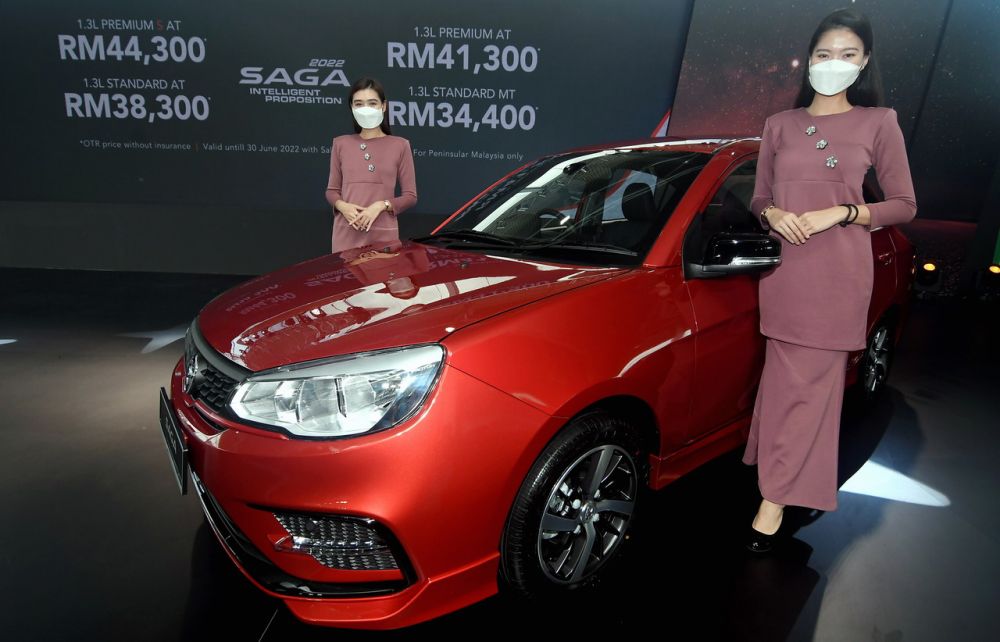PHNOM PENH, Feb 9 — Motorcycles, cars, tuk-tuks and the humble rickshaw dominate its traffic-clogged roads, but now the Cambodian capital Phnom Penh is launching a new weapon in the fight against chronic congestion: its first public buses in over a decade.
Cambodia is lagging behind many of its Southeast Asian neighbours who long ago turned to public transport in a bid to ease traffic gridlock in major cities.
The last time the kingdom tried to introduce public buses in the capital Phnom Penh in 2001, they were a flop.
This time, the rapidly-developing country hopes that commuters are ready to swap the door-to-door convenience of motorbikes for the comfort and safety of public transport.
“The main goal is reduce traffic jams,” City Hall senior official Koeut Chhe told AFP.
“We think that people understand about public transport now because some people used to travel overseas so they know about this kind of transport system.”
There is growing frustration in Phnom Penh about daily traffic jams and fatal accidents in the city of about two million people, who compete for space on the roads with more than one million motorbikes and 300,000 cars.
As part of a one-month trial, 10 air-conditioned buses have been running from 5.30am until 8.30pm on a single route up and down the length of busy Monivong Boulevard since February 5.
If successful, more routes and buses will be added, Koeut Chhe said.
With a fare of 1,500 riels (RM1.50), a bus journey is at least five times cheaper than taking a motorbike taxi — locally known as “moto-dup” — the most common transport in Cambodia.
“I feel safe and cool riding a bus, and it’s cheaper,” 33-year-old passenger Doung Rattana said as she took a bus home for the first time from a market with her nephew.
Many locals, including students and young and old people, have used the new public transport, some taking pictures and chatting with friends about the experience.
‘Change of mindset’
It is the second attempt by the City Hall and the Japanese International Cooperation Agency (JICA) to launch a public bus service to address traffic jams.
A similar project in 2001 was scrapped after about two months due to lack of interest from the public.
JICA said the circumstances nowadays are very different, with much heavier traffic on the road.
“The time is ripe for public buses due to a change of mindset of citizens, who are concerned more about safety and comfort,” said JICA spokesman Masahiko Egami.

However, it remains to be seen how popular the service will be in a city where the “moto-dup” is still king thanks to drivers waiting on street corners or outside markets to whisk passengers straight to their destination.
Information Minister Khieu Kanharith recently wrote on Facebook that the previous trial was not successful because “most of the people wanted to be dropped right in front of their home, did not want to walk far and would not take a bus if they have belongings”.
“Let’s hope it will be successful this time!” added Kanharith.
Travelling by moto-dup — which sometimes carry two or more passengers — is becoming increasing dangerous as the city becomes more developed and its streets fill with luxury cars and SUVs.
Yet the drivers who rely on motorbike taxis for a living say they are not worried for their future.
“The buses would take time so the people who are in a rush will still take moto-dup,” driver Socheat said. — AFP






















